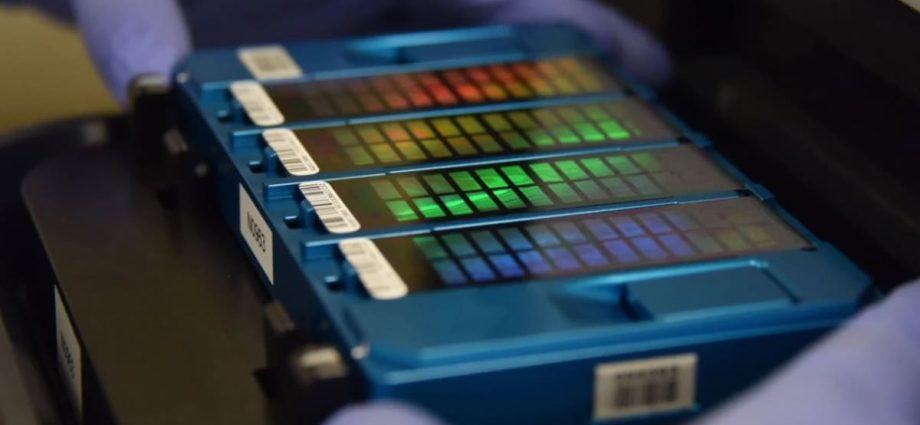
Oliver Jones, head of Biosciences and Food Technology at RMIT University, told the Science Media Centre that the claim “belongs purely in the realm of science fiction”.
Jones told the South China Morning Post via email that humans are so genetically similar that a weapon targeting one group was likely to harm the perpetrator as well.
“As far as I know nobody has actually shown a plausible, or even only theoretically plausible, way this could be done,” he said.
The concept of genetically engineered biological agents came to public attention at the start of the COVID-19 pandemic, when some scientists hypothesised that the virus causing the disease did not look to be of natural origin.
In January 2020, Kristian Andersen, director of Infectious Disease Genomics at the Scripps Research Institute, stated in an email that he and other scientists found the genome of the virus to be “inconsistent with expectations from evolutionary theory”.
Less than two months later, a letter published in the journal Nature citing Andersen as the lead author said further examination had shown the virus was “not a laboratory construct or a purposefully manipulated virus”.
While the widely adopted scientific consensus is that genetic engineering was not the cause of the COVID-19 pandemic, it highlighted to the world the possibility of such a threat.
Concerns over the potential threat of genetic bioweapons are not new. In 1999, a report by the British Medical Association warned that the creation of such weapons would be feasible in the near future.
A report by the James Martin Centre for Nonproliferation Studies in 2021 stated that a weapon system designed to “optimise effect on particular groups based on genetic profiling” was possible, but faced several technical challenges.
One of those is the selection of genetic markers. The more specific a marker is, the less likely it is to be frequent enough in all members of an ethnicity or race to target it as a whole.
If the weapon chooses to target a frequent marker instead, this is more likely to exist in nearby ethnic groups and populations and therefore cross over into unintended targets, according to the report.
Another challenge is that the effects and targets of a weapon observed in the lab may not translate into the real world, which could mean the weapon either spreads in an uncontrolled manner or could just not work at all.
But the James Martin Centre report warns that advancements in DNA sequencing, artificial intelligence and collection of genetic data sets could “enable identification of increasingly precise targets for a genetic weapon system”.
The Biological Weapons Convention, which China, Russia and the United States are signatories to, is a global safeguard aimed at prohibiting the development and use of such weapons.
According to a 2021 report by the Global Challenges Foundation, while states under the convention are expected to destroy any such weapons created, the lack of an agreed upon definition for a biological weapon means countries can take advantage of the loopholes to still be researching them while complying with the treaty.
Jones pointed out that what can be defined as a weapon could vary widely, as it could be a modified pathogen or a harmful organism, among other things. No matter the definition, he said the use of such a weapon would be “attempted genocide”.
“Genetic weapons are more concealable, deceptive, easy to spread and harmful in the long term,” the Chinese ministry said in their post. “Once used in war, the consequences will be devastating.”
“It is hard to know why multiple government bodies and affiliated individuals have made claims of such genetically targeted weapons given they do not exist,” Jones said, adding that he suspects politicians making such claims do not “really understand the science of this”.
This article was first published on SCMP.

